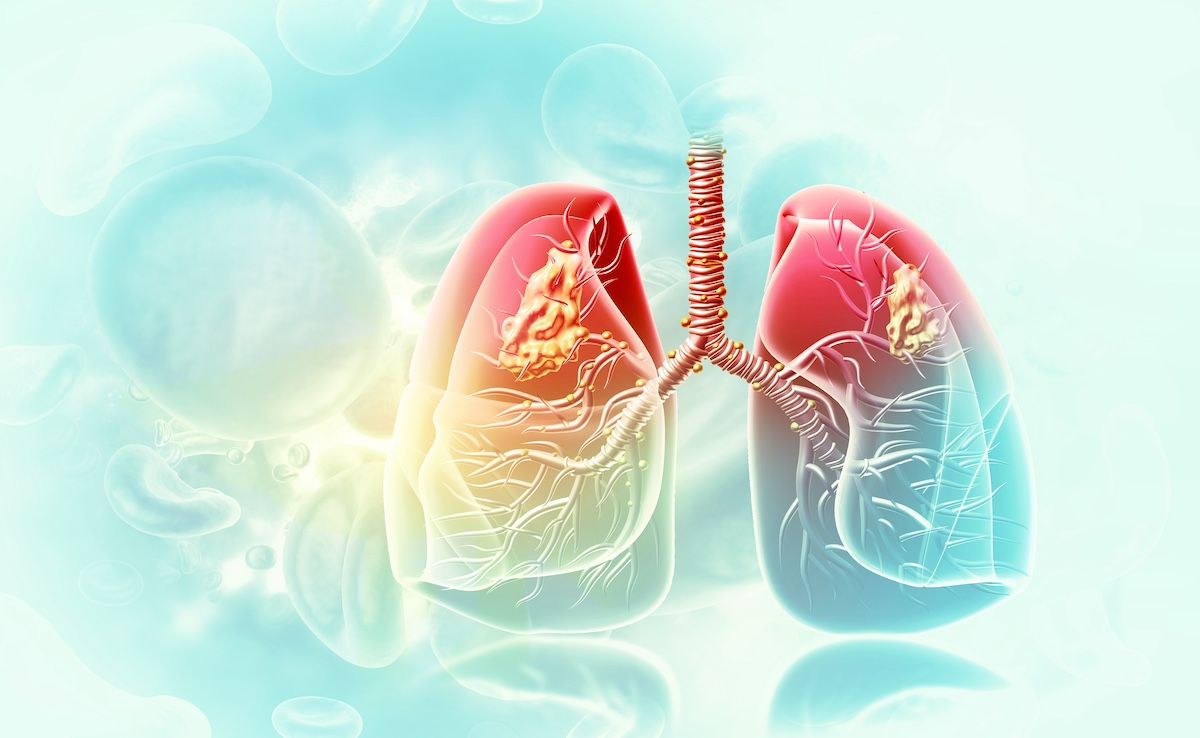News
Article
Early Recognition, Action Crucial for ICI-Induced Cardiovascular Adverse Effects
Author(s):
Although rare, clinicians should be familiar with the symptoms and management of immune checkpoint inhibitor (ICI)–related cardiovascular adverse effects or myocarditis.
Clinicians should be familiar with the symptoms and management of immune checkpoint inhibitor (ICI)–related cardiovascular adverse effects (CVAEs) or myocarditis, according to a review published in JAMA Oncology.1 While CVAEs are rare, they are potentially serious or even fatal if not addressed.
Immune-related adverse events, including severe myocarditis, can pose challenges in the management of patients treated with ICIs, with past research suggesting myocarditis may be related to T cells targeting a protein called α-myosin.2 However, authors of the current study noted that data describing CVAE incidence in patients treated with ICIs or combination therapies including ICIs are lacking.1
“Efforts to combine ICIs with other cancer therapies to improve durable responses and long-term survival have increased concerns regarding adverse effects and implications,” the authors wrote. “Several therapeutics, such as anthracyclines and tyrosine kinase inhibitors, have a cardiotoxicity risk. However, whether the risk of CVAEs is higher in patients receiving ICI therapy in combination with other therapies remains unclear.”
Rates of ICI-related CVAEs and myocarditis were low, but the risk of mortality following CVAEs is high, underscoring the need for monitoring and management of these effects. | Image credit: Henadzy - stock.adobe.com

The authors conducted a meta-analysis and systematic review aiming to synthesize the most recent data and provide recommendations related to CVAE incidence and management in patients treated with ICIs and ICI combinations.
Two separate studies were performed, with study 1 exploring phase 1 to 4 trials involving adults with malignant neoplasms treated with an ICI and relevant toxicity data and study 2 including publications on the clinical manifestations and management of ICI-induced CVAEs. The main outcome in study 1 was incidence of CVAEs, and study 2 assessed evidence surrounding the optimal management of myocarditis to decrease the mortality rate.
A total of 83,315 patients in 589 trials were included in the study 1 meta-analysis, which found that the incidence of CVAEs related to anti–PD-1 or anti–PD-L1 therapies was 0.80% (95% CI, 0%-1.66%) in clinical trials. There were no differences between ICI compounds, except for a higher risk of CVAEs with cemiplimab. CVAE incidence after ipilimumab was 1.07% (95% CI, 0%-2.58%).
After treatment with dual ICIs, there was a significantly higher incidence of myocarditis, but the incidence rate of CVAEs overall was not higher with the use of dual ICIs, ICIs plus chemotherapy, or tyrosine kinase inhibitors.
In study 2, a total of 220 patients with myocarditis were identified after reviewing 9194 citations and including 161 case series encompassing a total of 223 cases. Of the 220 patients who experienced ICI-associated myocarditis, 83 died (37.7%). In 156 of 223 cases (70%), patients received a PD-1 and/or PD-L1 inhibitor, 9 (4%) received ipilimumab, and 57 (25.6%) received dual ICIs. Among 129 patients with available data, 27 (20.9%) had no risk factors for myocarditis, 21 (16.3%) had diabetes, 53 (41.1%) had hypertension, and 60 (46.5%) had other risk factors.
Overall, the researchers found there is a lack of evidence in randomized clinical trials to guide the monitoring and treatment of myocarditis due to ICI treatment. Prospective data encompassing 40 patients with myocarditis found that mortality may be reduced by systematic screening for respiratory muscle involvement, active ventilation, using abatacept promptly, and adding ruxolitinib.
The review and meta-analysis concluded that rates of ICI-related CVAEs and myocarditis were low in clinical trials, but the risk of mortality following CVAEs is high, which underscores the need for monitoring and management of these effects. However, there is a lack of randomized clinical trial–derived evidence to inform monitoring and management strategies.
“Multidisciplinary systematic approaches, early recognition and cessation of ICI therapy, and prompt initiation of corticosteroid therapy are crucial for improving outcomes,” the authors concluded. “To our knowledge, there are no evidence-based established monitoring strategies. The treatment of ICI-induced myocarditis in corticosteroid-refractory disease is based on anecdotal evidence. Prospective clinical trials or prospective registrations of treatments and outcomes are therefore warranted.”
References
1. Nielsen DL, Juhl CB, Nielsen OH, Chen IM, Herrmann J. Immune checkpoint inhibitor-induced cardiotoxicity: a systematic review and meta-analysis. JAMA Oncol. Published online August 22, 2024. doi:10.1001/jamaoncol.2024.3065
2. Axelrod ML, Meijers WC, Screever EM, et al. T cells specific for α-myosin drive immunotherapy-related myocarditis. Nature. 2022;611(7937):818-826. doi:10.1038/s41586-022-05432-3
Newsletter
Stay ahead of policy, cost, and value—subscribe to AJMC for expert insights at the intersection of clinical care and health economics.




